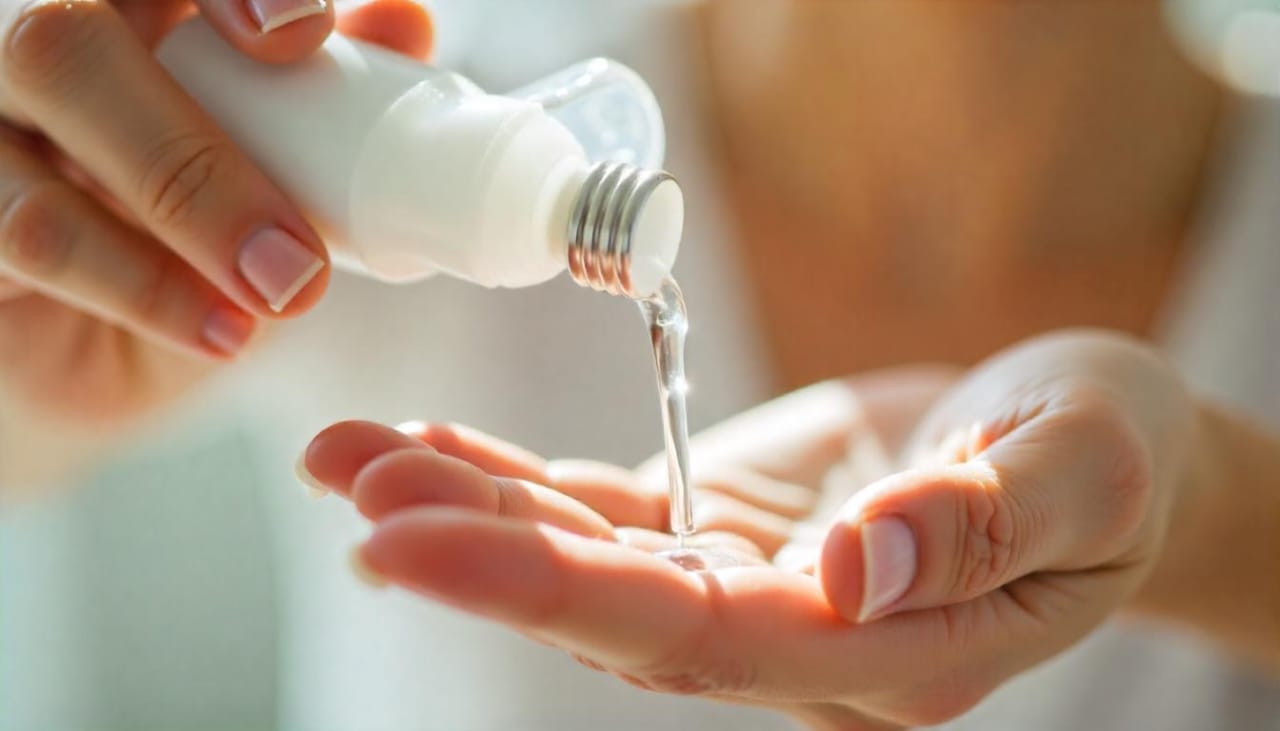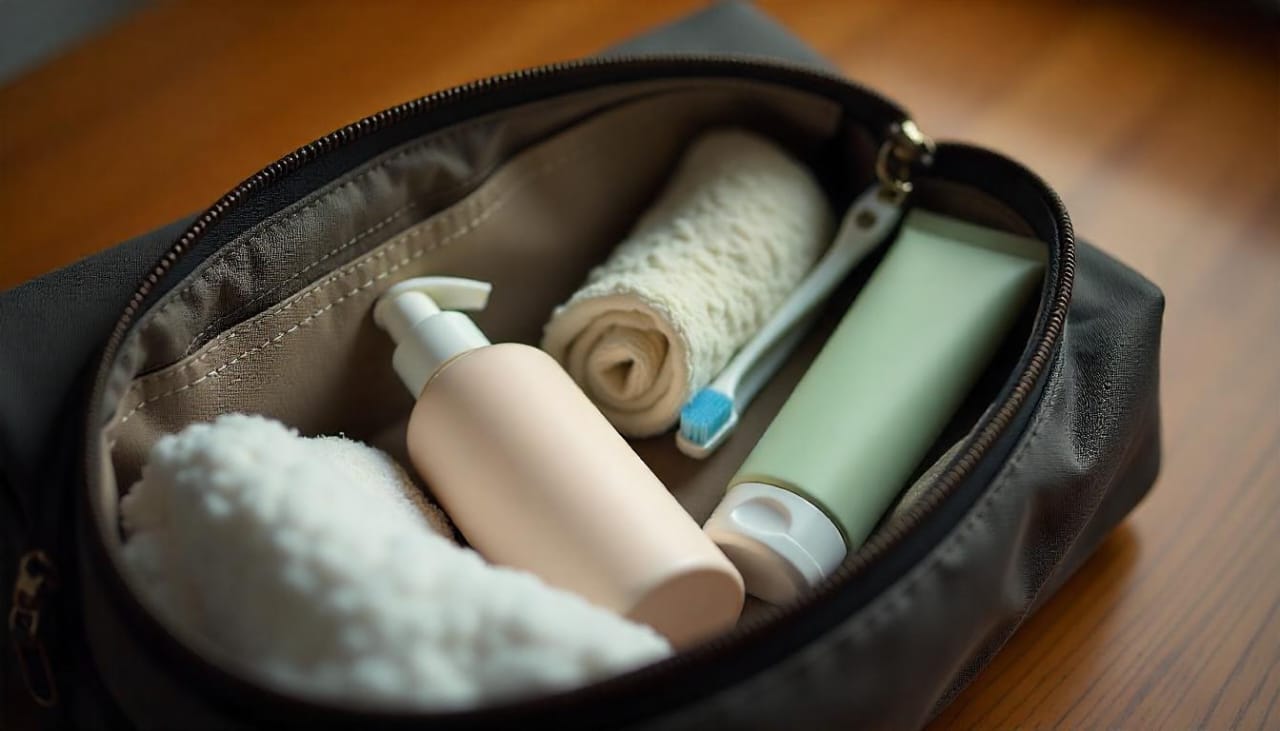Understanding the Role of Facial Cleansers
Facial cleansers are one of the most essential products in any skincare routine, yet they are often misunderstood or underestimated. At first glance, they might seem simple—just something to wash your face with. But the reality is far more complex. Cleansers are the first line of defense in protecting your skin from pollutants, bacteria, and the daily buildup of oil, makeup, and sweat. They are formulated with specific ingredients designed to break down and remove impurities while maintaining the skin’s natural balance. But not all cleansers are created equal. The science behind them involves a delicate balance of chemistry and dermatology—ensuring that they effectively clean without disrupting your skin’s protective barrier, also known as the acid mantle. Understanding how cleansers work and what ingredients to look for can dramatically improve how your skin looks and feels.
How Cleansers Actually Work
To appreciate the science behind face cleansers, it’s important to know how they work on a molecular level. Cleansers typically contain surfactants—compounds that help water mix with oil and dirt so they can be rinsed away. These molecules have two ends: one that binds to oil and another that binds to water. When you lather a cleanser onto your face, the surfactants surround the oil and debris on your skin, forming structures called micelles. These micelles trap the dirt and excess oil, allowing them to be lifted away with water. This cleansing process sounds simple, but the choice of surfactants matters greatly. Harsh surfactants like sodium lauryl sulfate can strip away too much oil, leaving your skin dry, irritated, and vulnerable. Gentler alternatives like cocamidopropyl betaine or sodium cocoyl isethionate, often found in modern or sensitive-skin cleansers, do the job without damaging your skin barrier.
The Importance of pH Balance in Cleansers
One of the most overlooked but crucial factors in a facial cleanser is its pH level. Your skin has a natural pH around 4.5 to 5.5, which is slightly acidic. This acidity helps maintain a healthy microbiome and serves as a protective shield against harmful bacteria and environmental toxins. A cleanser with a pH that is too high (alkaline) can disrupt this balance, leading to dryness, irritation, breakouts, and even premature aging. Unfortunately, many traditional soap-based cleansers have a pH around 9 or higher. That’s why choosing a pH-balanced cleanser is key to maintaining healthy, resilient skin. Look for products that specifically mention their pH level or are labeled “gentle,” “for sensitive skin,” or “dermatologist-tested.” These are often formulated to clean without causing harm, making them ideal for daily use.
Choosing the Right Cleanser for Your Skin Type
Another layer of science behind cleansers lies in skin typing. What works beautifully for oily skin may wreak havoc on someone with dry or sensitive skin. For example, foaming cleansers that use stronger surfactants are often great for oily or acne-prone skin because they help remove excess sebum. However, the same foaming agents can dry out or irritate dry skin types. Cream or lotion-based cleansers, on the other hand, are more hydrating and suitable for dry or mature skin. Gel cleansers strike a nice balance and are often preferred by those with combination skin. Micellar water, which contains suspended cleansing molecules, is a popular option for those who want a gentle yet effective cleanse, especially for sensitive or reactive skin. Ultimately, understanding your skin’s needs and selecting a cleanser that matches its characteristics will yield the best results—not just in terms of cleanliness, but in your overall skin health and appearance.
Ingredients to Watch (and Avoid)
The ingredients list on a cleanser can reveal a lot about how it will perform. Good cleansers often include humectants like glycerin or hyaluronic acid to retain moisture, soothing agents like chamomile or aloe vera to calm irritation, and antioxidants like green tea to protect against environmental damage. On the flip side, it’s best to avoid products with alcohols that dry the skin, artificial fragrances that can cause irritation, and harsh sulfates. Always check for non-comedogenic labels if you’re prone to breakouts. And if you’re someone with allergies or skin conditions like eczema, simpler formulations with fewer ingredients are usually the safest bet. The more you know about what’s going into your cleanser, the more control you have over how your skin reacts to it.
Final Thoughts: Why Science Matters in Skincare
When it comes to skincare, education truly is empowerment. The more you understand the science behind the products you’re using, the better equipped you are to make decisions that support your skin’s long-term health. A facial cleanser isn’t just a “wash and go” product—it’s the foundation of your entire routine. If your cleanser is too harsh, it can compromise the benefits of even the best serums and moisturizers. If it’s too mild, it might not remove the buildup that leads to dullness and breakouts. Choosing a well-formulated, science-backed cleanser tailored to your skin type can make all the difference. After all, clear, radiant skin starts with a clean canvas.





Leave a Reply